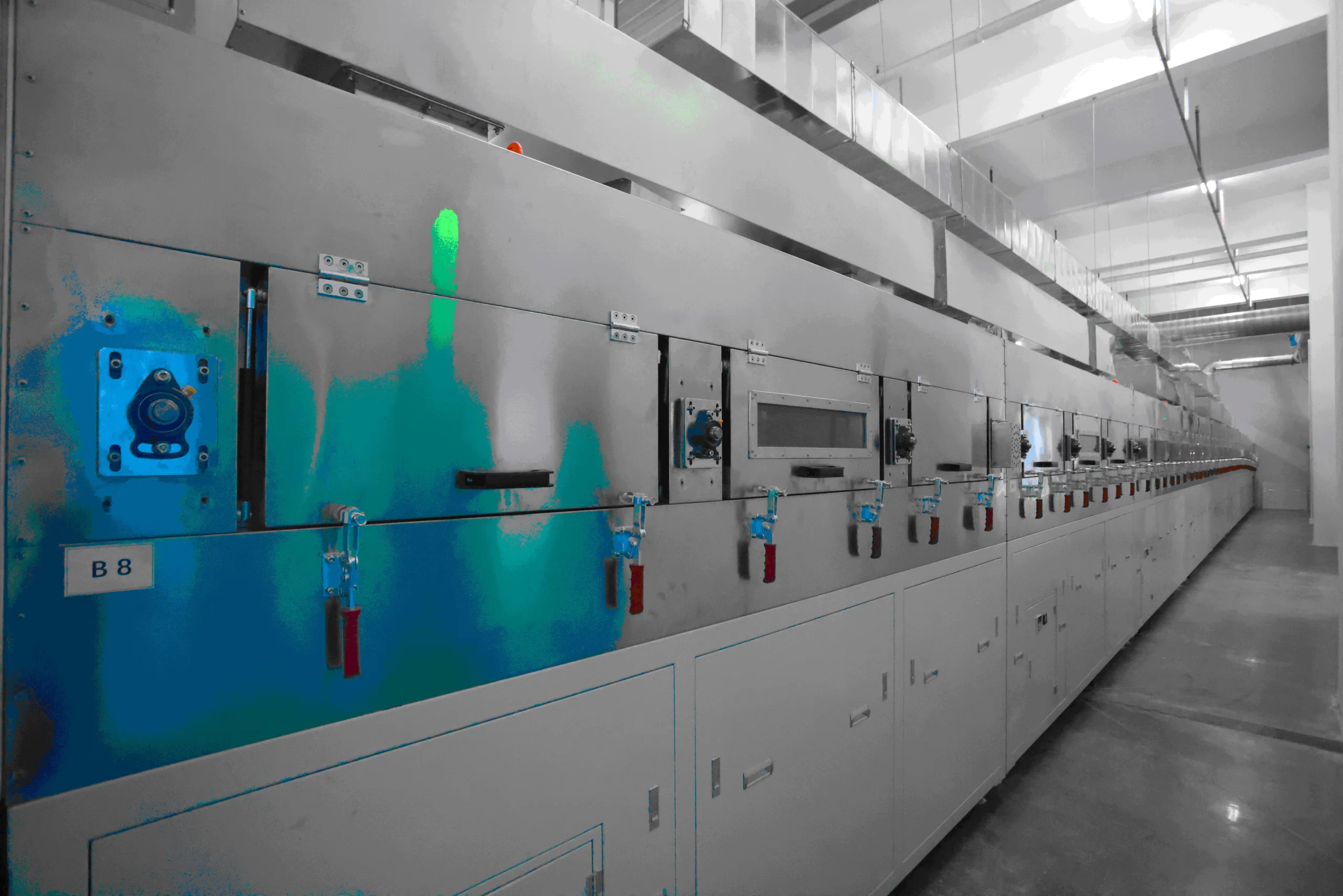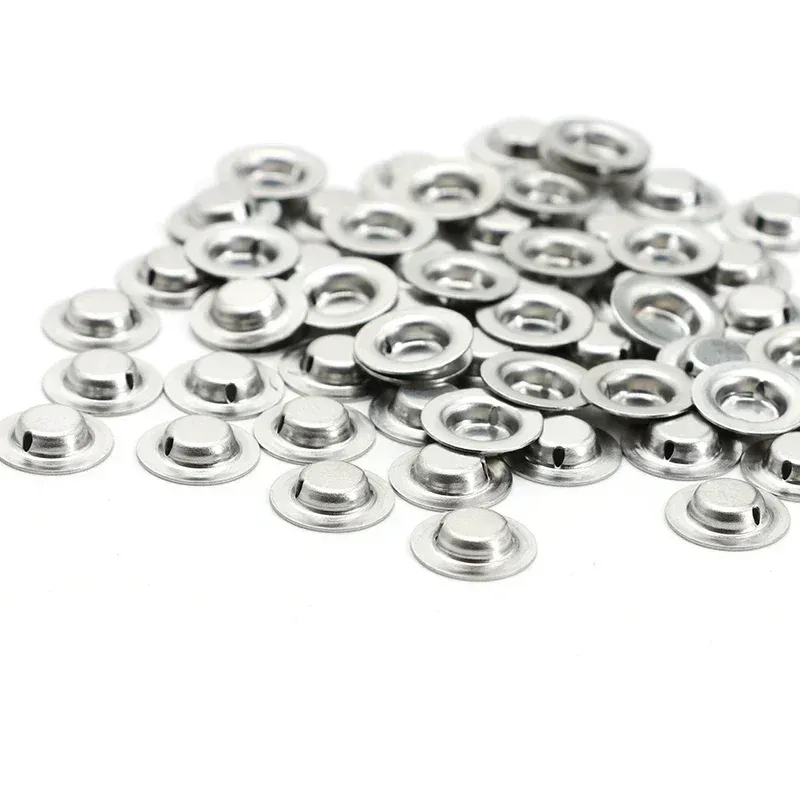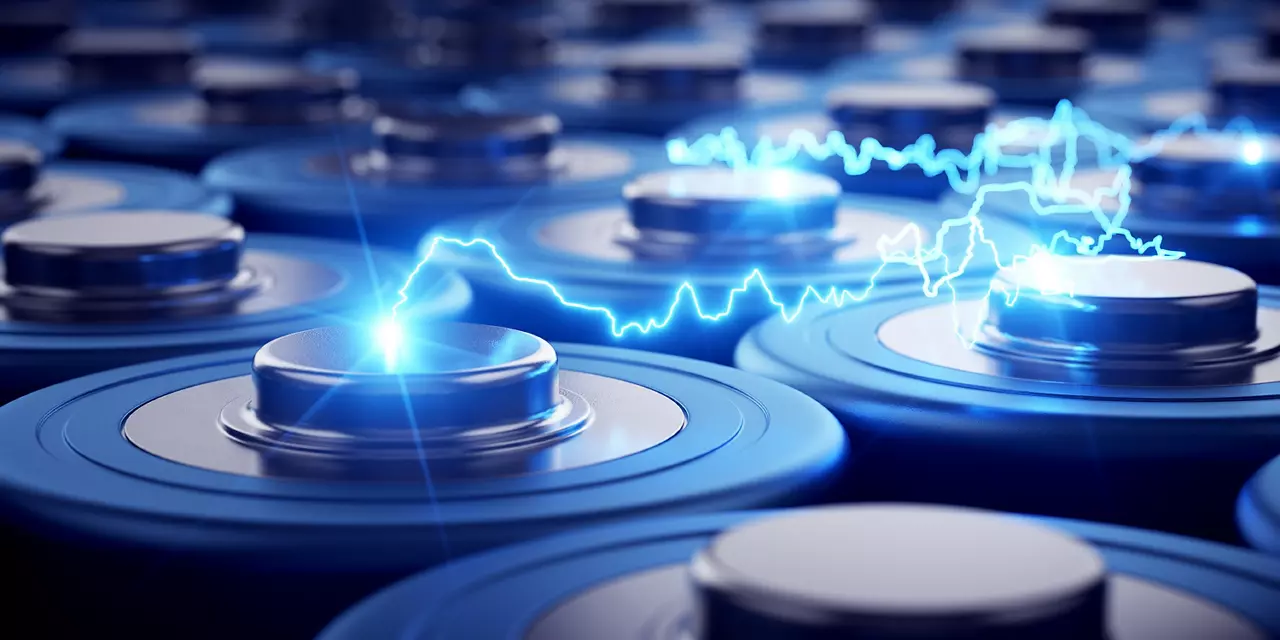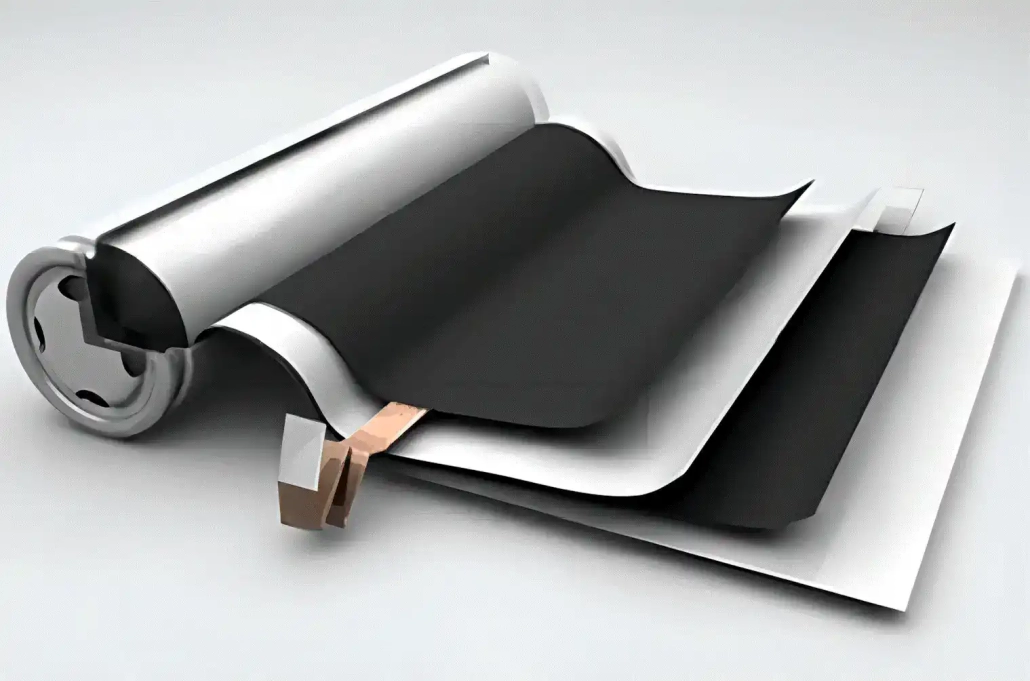Motorcycle Battery Slitting Process Special Requirements
main content
The motorcycle battery slitting process special requirements stem from the unique challenges of designing compact, high-power energy systems for motorcycles. These batteries must deliver instantaneous cranking currents (200–300A) while enduring extreme vibrations and space constraints. Advanced slitting techniques address three critical aspects: precision cutting for miniaturized designs, preservation of conductive integrity, and mechanical resilience under harsh conditions.
1. Miniaturization Compatibility: High-Rigidity Tooling for Narrow Widths
Motorcycle batteries demand ultra-compact dimensions, with electrode slitting widths as narrow as 520mm. To achieve this, manufacturers employ high-rigidity tool shafts (500–900mm diameter) to minimize blade deflection during cutting. For instance, hardened steel shafts with dynamic balancing systems reduce vibrations by 70%, ensuring slit widths remain consistent within ±0.05mm. Such precision prevents electrode misalignment during cell winding, a common cause of internal short circuits.
Thermal management is equally vital. Slitting blades are cooled using liquid nitrogen or ceramic-coated alloys to dissipate heat generated during high-speed cutting (60–100 cuts/min). This avoids thermal expansion-induced warping, which can compromise the electrode’s flatness and subsequent calendering uniformity.
2. High-Power Optimization: Protecting Conductive Networks
With conductive additives comprising 20–50% of the electrode coating, slitting must avoid delamination or micro-cracks that raise internal resistance. Ultrasonic-assisted cutting systems are now widely adopted: high-frequency vibrations (20–40 kHz) break apart conductive agent clusters (e.g., carbon black, graphene) during slitting, reducing particle agglomeration by 40%. This preserves the slurry’s percolation network, critical for maintaining ultra-low resistance (<5mΩ).
Adhesion reinforcement further safeguards coatings. Pre-slitting plasma treatment enhances binder-powder bonding at the electrode edges, increasing peel strength by 30%.
Combined with AI-driven tension control (≤1N/m precision), these methods prevent edge fractures even when handling brittle high-nickel cathodes.
3. Vibration Resistance: Validating Mechanical Robustness
Motorcycle vibrations necessitate rigorous post-slitting quality checks. Electrodes undergo a three-stage validation:
Bend Testing: Samples are bent at radii ≤3mm using servo-controlled rollers. Cracks or coating flaking automatically trigger reprocessing.
Fatigue Simulation: Electrodes are subjected to 10,000+ cyclic bends (2–5Hz) to mimic long-term vibration stress.
Microscopic Inspection: Edge burrs >5µm are flagged via machine vision, ensuring no sharp protrusions compromise separator integrity.
For example, nickel-manganese-cobalt (NMC) cathodes processed with these protocols retain 95% capacity after simulated 5-year vibration exposure—surpassing industry benchmarks by 25%.
Why Precision Slitting Defines Battery Performance
Optimized slitting directly impacts end-user reliability:
Space Efficiency: 520mm slits enable 15% smaller cell footprints without sacrificing energy density.
Power Consistency: Ultrasonic cutting maintains conductivity variance <2% across batches.
Durability Assurance: Bend-tested electrodes withstand 50G shock loads, critical for off-road motorcycles.
As electric motorcycles evolve, innovations like laser-guided slitting and dry-process electrodes will further refine this critical manufacturing step, setting new standards for performance and sustainability.

START-STOP LITHIUM battery
Enov start-stop battery is designed to provide excellent performance for high-demand start-stop vaehicles. It adopts the third-generation intelligent lithium platform architecture to achieve technological breakthroughs in core indicators such as cycle life, environmental adaptability and energy density. Compared with the traditional lead-acid battery system, the energy efficiency is increased by 210%, the cycle life is extended by 8-10 times, and the monthly self-discharge rate is controlled within 3%. Enov's unique low-temperature battery technology makes a breakthrough in achieving stable output in the whole climate domain from -30℃ to 65℃, maintaining more than 90% of the effective capacity release under extremely cold conditions (-30℃), and maintaining 90% of the capacity in high temperature environments (65℃).
The start-stop battery series products cover the mainstream voltage platform of 12V/24V/48V, and support flexible configuration of LFP (lithium iron phosphate) and NCM (lithium nickel cobalt manganese oxide) dual-material system. All models adopt modular design to support customization of different model specifications. Enuo engineering and technical team to provide full cycle technical service support, if you need, please contact us.
Other products
UAV BATTERY
LITHIUM ENERGY STORAGE BATTERY
QUICK INQUIRY
FAQ
Access to high frequency technical questions with one click, get accurate answers on product application, after-sales policy and customization process.
Service and Support
Get the latest product specifications, explore professional OEM/ODM customization services, click to open exclusive technical support and production solutions.
Become a Partner
We sincerely invite resources to interconnect, work together for win-win development, and immediately open a new chapter of strategic cooperation!




